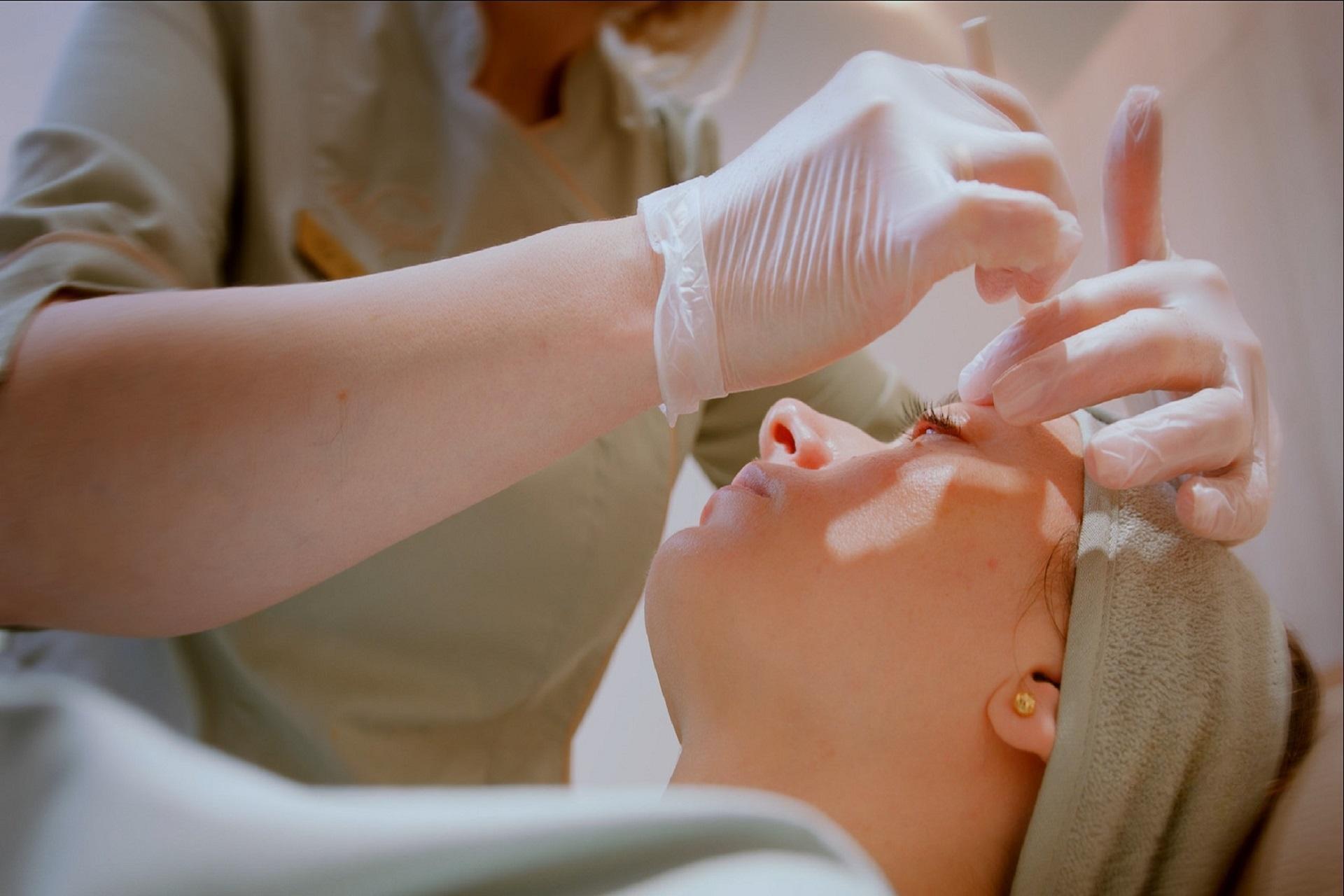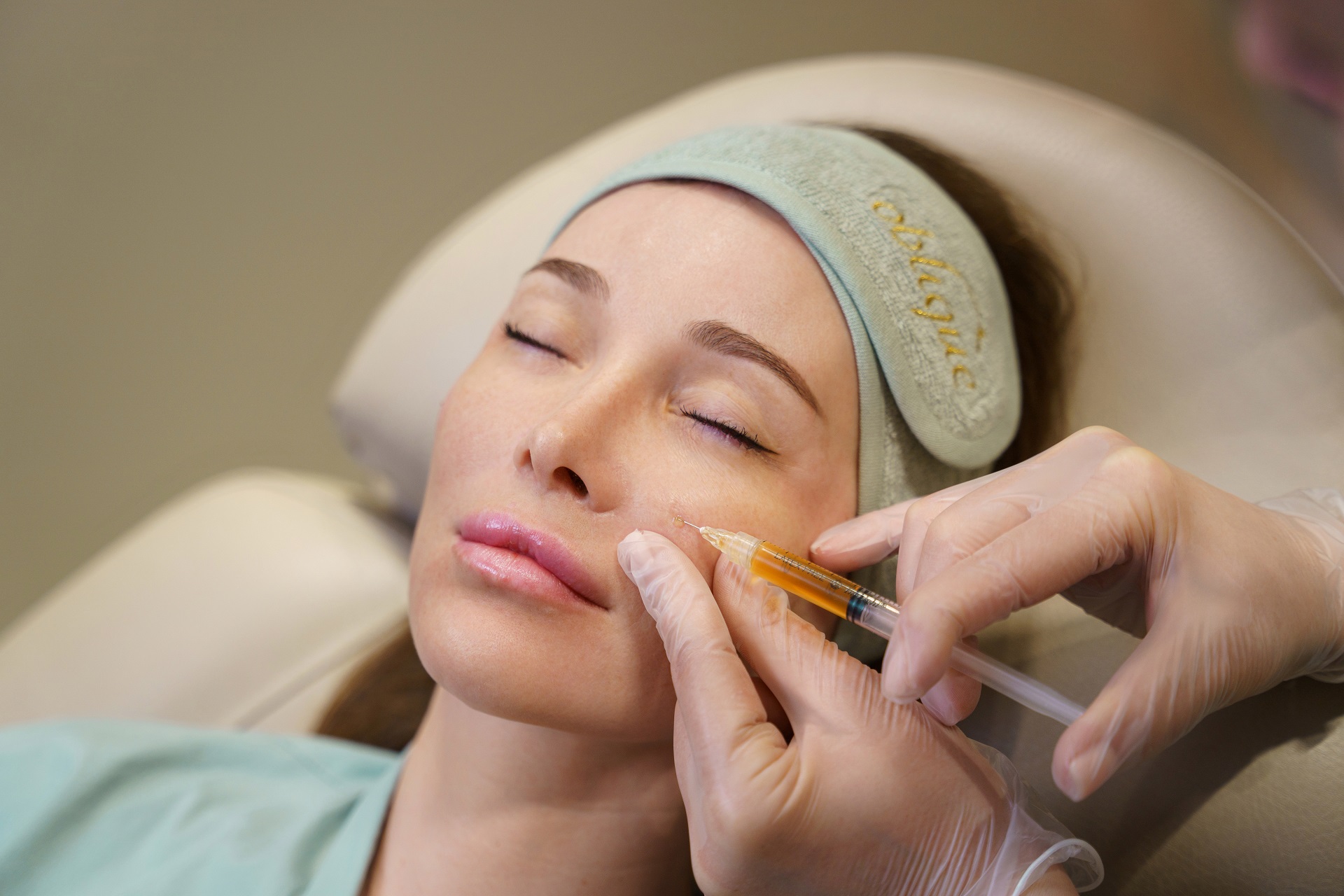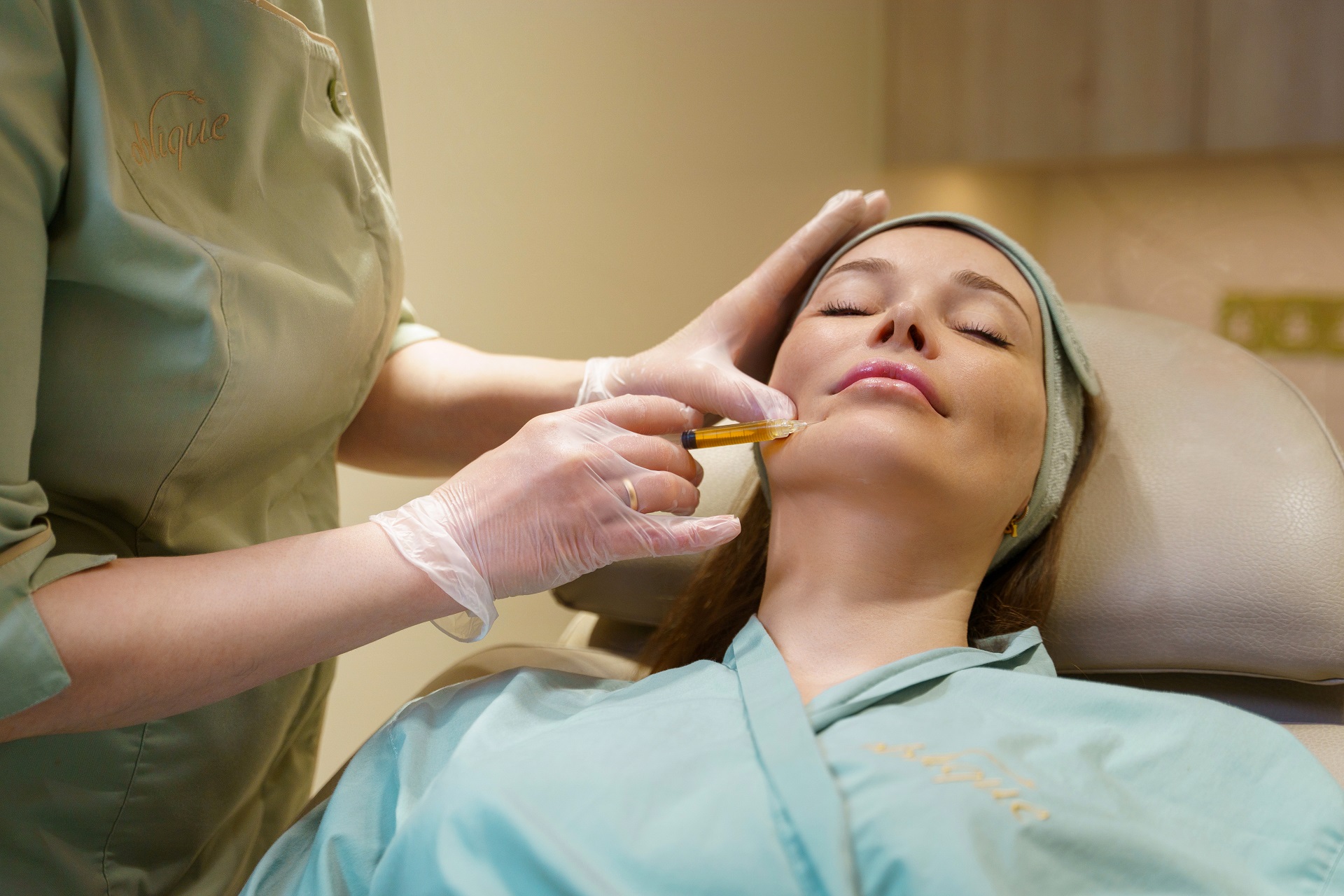Polynucleotides vs. Skin Boosters: Key Differences in Skin Rejuvenation
-
date of publication: 24/09/2025
Reading TIME: 2 min 10 sec
-
Author of the post: Oblique
Both polynucleotides and skin boosters are injectable treatments designed to rejuvenate the skin, but they work in very different ways and deliver distinct results.

Skin Boosters
Core Component: Non-crosslinked hyaluronic acid (HA).
How They Work:
Often called “injectable moisturizers,” skin boosters deliver hyaluronic acid deep into the skin, where it attracts and holds water. This infusion of hydration smooths, softens, and brightens the skin, leaving it refreshed and glowing.
Results:
- • Immediate improvement in hydration, suppleness, and radiance.
- • Reduces dryness, fine lines, and dullness.
- • Creates a healthy, luminous complexion.
Best For: Younger clients or anyone looking for a quick refresh, especially before events or special occasions.
Polynucleotides
Core Component: Purified DNA fragments, usually derived from salmon or trout.
How They Work:
Polynucleotides act as bio-stimulators, repairing the skin at a cellular level. They activate fibroblasts (which produce collagen and elastin), encourage new blood vessel growth, and protect against oxidative stress—helping the skin heal and regenerate from within.
Results:
- • Gradual but long-lasting improvements in firmness, elasticity, and thickness.
- • Effective for aging skin, sun damage, scarring, and under-eye rejuvenation.
- • Strengthens the skin’s foundation for long-term health.
Best For: Those with visible signs of aging or compromised skin quality who want regenerative, structural repair rather than just surface hydration.
Comparison at a Glance
| Feature | Polynucleotides | Skin Boosters |
|---|---|---|
| Main Component | Purified DNA fragments (salmon-derived) | Non-crosslinked Hyaluronic Acid |
| Primary Action | Stimulates cellular repair, collagen and elastin production | Deep hydration through water retention |
| Primary Goal | Long-term regeneration & structural repair | Immediate hydration & glow |
| Results Timeline | Gradual (weeks–months), lasting up to 18 months | Rapid (days), lasting ~6 months |
| Best For | Aging skin, laxity, scars, sun damage | Dry, dull, or fine-line-prone skin |
| Mechanism | Bio-stimulation – activates fibroblasts for natural regeneration | Hydration – binds water molecules in the skin |
| Treatment Approach | Corrective – addresses underlying skin structure | Preventive/Maintenance – enhances skin quality |
| Ideal Candidate Age | 30s-50s+ with visible signs of aging | 20s-40s looking for maintenance and glow |
| Downtime | Minimal (slight redness for 24-48 hours) | Very minimal (possible minor swelling) |
Can They Be Combined?
Yes. Polynucleotides rebuild and strengthen the skin over time, while skin boosters provide instant hydration and radiance. Used together, they deliver both long-term regeneration and immediate glow for truly comprehensive skin rejuvenation.
Best services for you

from £285
A groundbreaking age reversing collagen treatment.
Benefits
- Safety
- Effectiveness
- Versatility
- There is nearly no downtime

from £350
Polynucleotides are naturally occurring molecules that help regenerate and repair the skin at a cellular level. They work by stimulating collagen production, improving skin elasticity and promoting deep hydration. Commonly used in aesthetic treatments, polynucleotides help reduce fine lines, improve skin texture and accelerate healing, making them ideal for rejuvenation, and anti-ageing therapies.
Benefits
- Post-Treatment Glow
- Boosts Skin Regeneration
- Strengthens the Skin Barrier
- Reduces Fine Lines and Wrinkles
- Enhances Skin Texture and Tone
- Improves Elasticity and Firmness
- Increases Hydration for a Dewy Glow

from £350
Combine your beauty and health goals into one with our tailored Bioreviatlisation treatment, providing both skin restoration and rejuvenation.
Benefits
- ANTI-AGEING
- MINIMAL DOWNTIME
- BRIGHTENING DULL COMPLEXIONS
- HYDRATION AND REJUVENATION
- CUSTOMIZED TREATMENT PLANS
- PREPARATION FOR COSMETIC PROCEDURES
Date of publication24/09/2025











